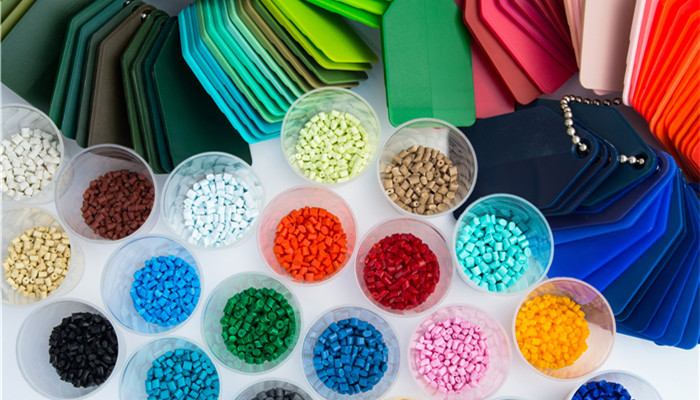
The market demand for biodegradable plastics is increasing and the industry has good development prospects
Biodegradable plastics refer to plastics that are degraded by microorganisms existing in nature in the natural environment or under anaerobic digestion conditions, and are eventually completely decomposed into carbon dioxide or methane, water and other biomass. Its types mainly include PBAT, PHA , PLA, PCL, PBS and starch-based degradable plastics. Due to its good degradability and heat resistance, biodegradable plastics can be made into products such as plastic packaging films, agricultural films, disposable plastic bags, and disposable tableware, and are widely used in agriculture, express delivery, catering, medicine and other industries.
With the continuous improvement of national living standards and consumption power, the use of plastics is very large, and more and more waste is generated. Because traditional plastics are not easy to degrade, a large amount of plastic pollution has been caused, which has brought huge consequences to the natural environment. pressure. Since the introduction of the plastic restriction order in 2008, biodegradable plastics, as a substitute for traditional plastics, have been widely used due to their excellent biodegradability, good material processability, safety and non-toxicity, and the market popularity has continued to rise. With the continuous innovation of biodegradable plastic technology in recent years, its products have been continuously updated and its quality has been continuously upgraded, which further meets the needs of consumers, making the market size of biodegradable plastics continue to expand and there is broad room for development.
According to the “China Biodegradable Plastics Industry Market In-depth Research and Development Prospects Forecast Report 2022-2027” released by the Industrial Research Center, In 2020, China’s biodegradable plastics production capacity will be approximately 550,000 tons, with 900,000 tons of production capacity under construction and 3.06 million tons of planned production capacity waiting to be released. Driven by continuous technological innovation and increasing demand, the production capacity of biodegradable plastics will further increase, and the industry will usher in new opportunities for development.
The upstream of the biodegradable plastics industry chain is raw material manufacturers, which mainly include starch, plant straw, chitin, adipic acid, BDO and other raw materials. The main companies include Huafeng Chemical, Hualu Hengsheng, Junzheng Group, etc.; the midstream is Biotech Biodegradable plastic manufacturers, the main companies include Ruifeng High-tech, Kingfa Technology, Vanke Chemical, COFCO Technology, etc.; downstream are biodegradable plastic product dealers and consumers, product sales mainly include packaging, textiles, agriculture, coatings, and modern medicine , 3D printing, etc. The biodegradable plastics industry chain is becoming more complete, with sufficient supply of upstream raw materials, broad space for downstream products to replace traditional plastic products, and good prospects for industry development.
Policy is an important factor driving the development of the industry. The biodegradable plastics market is gradually expanding driven by environmental protection policies such as plastic restriction orders and plastic bans. In recent years, under the guidance of my country’s green development concept, national-level policies related to the biodegradable plastics industry have been continuously introduced. For example, in July 2021, the National Development and Reform Commission and other departments issued the “14th Five-Year Plan for Circular Economy Development Plan”, proposing that plastics Special actions to control the entire pollution chain will be carried out to actively and steadily promote degradable plastics according to local conditions. my country’s biodegradable plastics industry continues to gain popularity with strong policy support.
Industry analysts personnel said that biodegradable plastics are widely used in people’s daily lives and work. With the continuous innovation of industry technology and the social As the economy continues to develop, its market demand will continue to increase. In the context of the continuous improvement of national environmental protection policies and relying on policy support, biodegradable plastics are expected to fully replace traditional non-degradable plastics, and the market development potential is huge.

 微信扫一扫打赏
微信扫一扫打赏

